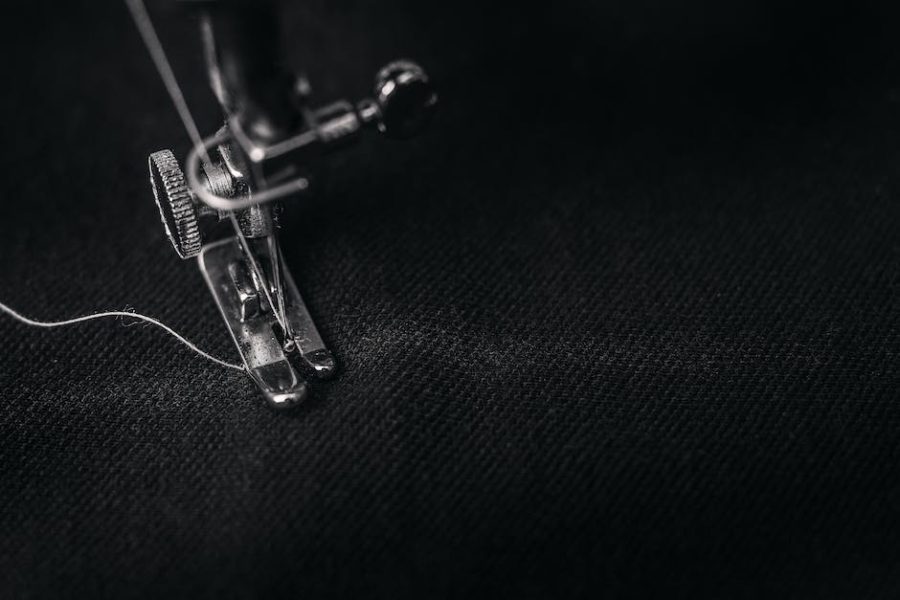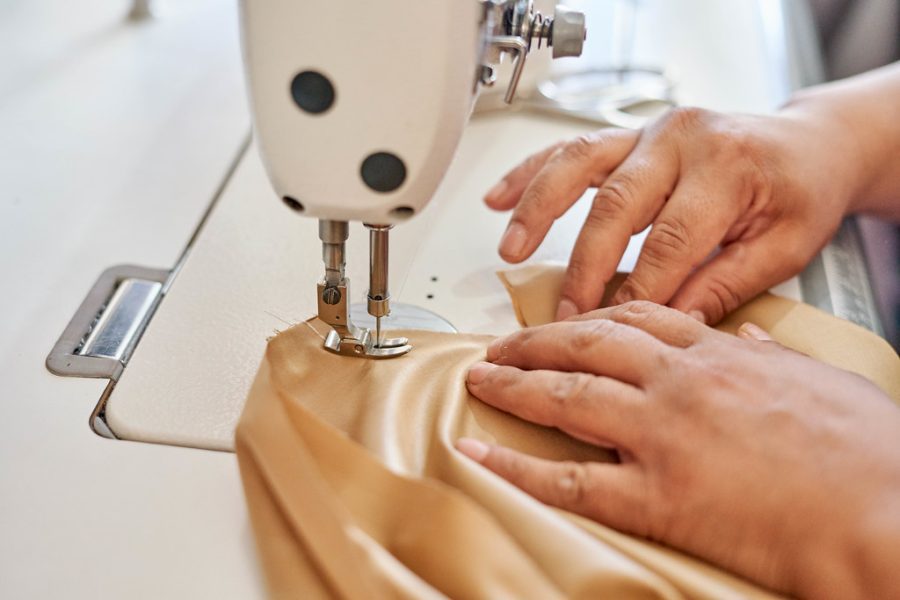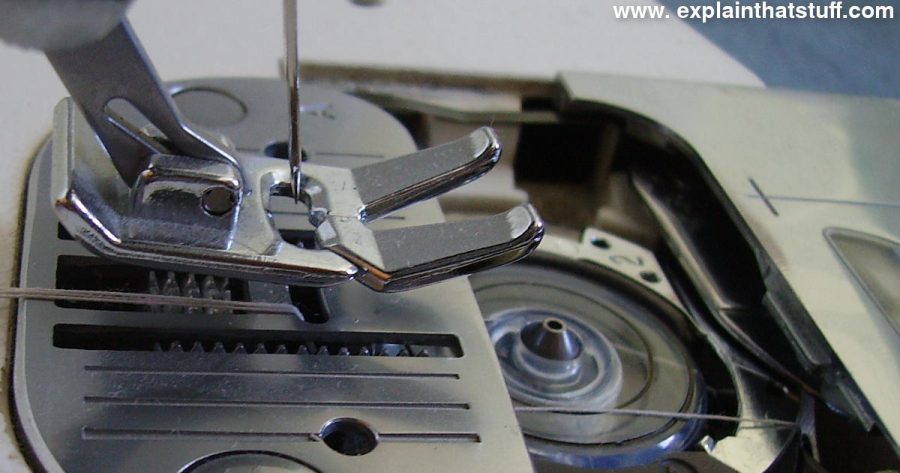
Sewing is an age-old craft that has evolved over millennia. From hand-sewn clothes to industrial sewing machines, needles have always played a vital role. But are sewing needles universal? Let’s take a closer look.
The Variety of Sewing Needles
Contrary to what one might assume, sewing needles are not a one-size-fits-all tool.
Sewing needles can vary greatly in size, thickness, shape, and purpose. The most common types include:
- Sharps: These are general-purpose needles with a sharp point used for basic sewing tasks.
- Ballpoint: These needles have a rounded tip and are designed for knit fabrics to avoid damaging the fibers.
- Embroidery: These needles have larger eyes to accommodate embroidery threads and are ideal for decorative stitching.
- Leather: These needles have a triangular point to pierce through leather and other tough materials.
- Quilting: These needles are shorter and thinner, specifically designed for quilting projects.
Does One Size Fit All?
The answer is both yes and no. While sewing needles come in various sizes, it’s essential to choose the right needle for the task at hand.
Using the wrong needle can lead to a variety of problems. A needle that is too thick might leave large and noticeable holes in delicate fabrics, while a thin needle may break when used on heavy fabrics.
Furthermore, different sewing techniques, such as quilting, embroidery, or sewing leather, require specific needle types to achieve the best results.
Considerations When Choosing Sewing Needles
When selecting sewing needles, keep the following considerations in mind:
- Material: Choose a needle suitable for the fabric type, whether it’s cotton, silk, wool, or synthetic.
- Thickness: Needle size is denoted by a number. The higher the number, the finer the needle.
- Task: Consider the purpose of your sewing project. Are you sewing seams, quilting, or doing intricate embroidery?
- Durability: Some needles are more durable and withstand repeated use better than others.
- Machine vs. hand sewing: Needles used in sewing machines might differ from hand-sewing needles.
In Conclusion
While sewing needles may seem like a simple tool, it’s crucial to choose the right one for optimal results. Understanding the different needle types, their sizes, and their suitability for various fabrics and sewing techniques is essential to achieve professional-looking results.
So next time you embark on a sewing project, take a moment to consider the type of needle that will work best for your task, ensuring every stitch is a perfect one!





Interesting to find out! #sewing
Jenna Thiam: It definitely would be useful to know #handmade
It definitely would be useful to know; I’ve wondered this for a while! Universal needles would make sewing projects easier – let’s see if we can find an answer #sewing #handmade